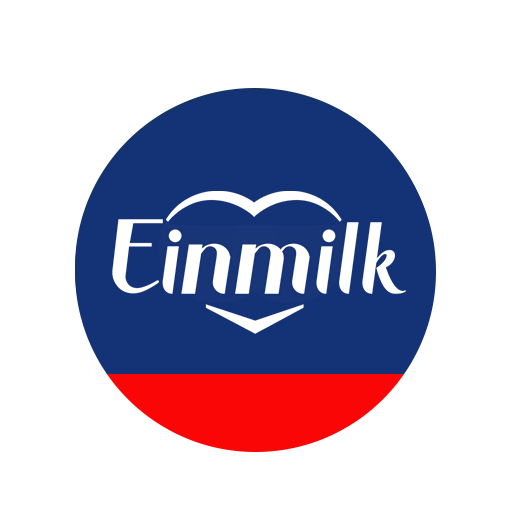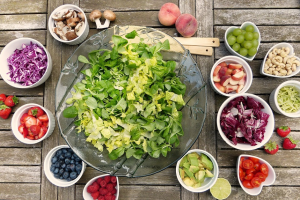Your child’s vision is constantly developing.
From blurred vision as a newborn, your toddler at 12 months old now has a relatively clear vision and will spend the next few years of his life working on his hand-eye coordination skills.
Milestone and development guides are approximate guidelines and do not reflect every child. Consult a pediatric ophthalmologist if you suspect that your child has vision problems.

Ensure that your child does not spend too much time in front of electronic devices as it may affect their vision and concentration.
1 Year Old
12-month-olds are starting to develop an interest in pictures and can recognise familiar objects and pictures in books. When asked, they are able to point out the objects. As they are unable to fully verbalise their needs, they rely on pointing and gesturing to convey their intentions.
They are beginning to enjoy social interactions and are curious about reflections in the mirror. It isn’t until about 18 months old that they realise that the little person staring back at them is their own image. To provide more opportunities for self-recognition, you can display child-safe mirrors around the house.
Another milestone is placing shapes into proper holes. This activity builds up their logic and problem-solving skills and a shape sorter toy is useful in doing this. Shape sorter toys can be easily purchased from Lazada, Qoo10 or large supermarkets such as Fairprice Xtra.
2 Years Old
At two years old, they are now able to focus on objects both near and far. Most two-year-olds have 20/60 vision, which means that in order to see the same things an adult with 20/20 vision sees, they have to stand 60 feet away instead of 20 feet away.
They are able to scribble with crayons or pencils and may imitate drawing straight lines, circles or shapes. This activity may appear simple but is an excellent way to develop their hand-eye coordination.
They can point to body parts when asked, which encourages them to communicate with parents.
3 Years Old
Their vision is nearing 20/20 acuity but will not fully reach 20/20 until they are about 7 to 9 years old. Preschools are eager to draw shapes and name colours.
As their fine motor skills get more developed, you can let them handle child scissors to practice cutting and pasting too.
Pay attention to these signs
Take note of these warning signs that could indicate eye conditions requiring medical attention.
- Redness, swelling, crusting, or discharge in his eyes or eyelids that lasts for more than 24 hours
- Excessive tearing
- Sensitivity to light
- Eyes that look crooked or crossed
- Eyes that don’t move together
- Holding the head in a tilted or other abnormal position
- Frequent squinting
- Drooping eyelids
- Frequent eye-rubbing
How to help your child develop a healthy vision
A varied diet of colourful fruits and vegetables can support your preschooler’s vision development. Supplementing this with nucleotide-fortified formula milk like Einmilk will ensure that your child gets all the necessary nutrients required for healthy overall development.
A varied diet of colourful fruits and vegetables plays an important part in keeping your child’s eyes and body healthy.
Other than diet, pay attention to eye care and limit the amount of screen time that your preschooler gets, and keeping a safe distance from screens when they are watching videos.
What other activities have you tried to improve your preschooler’s vision? Share with us in the comments!



